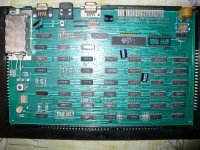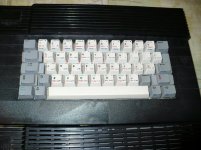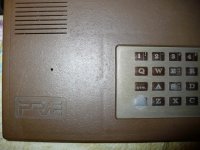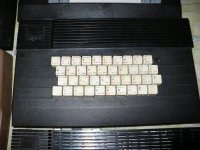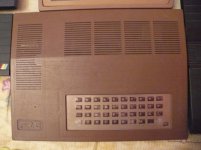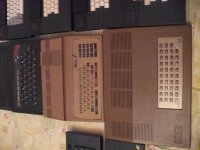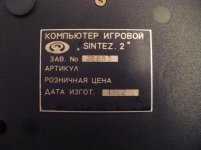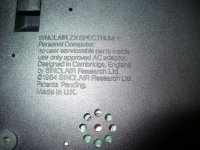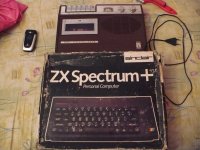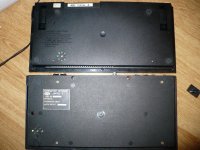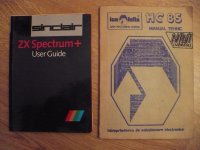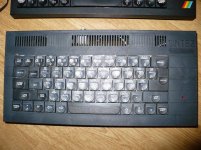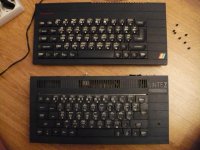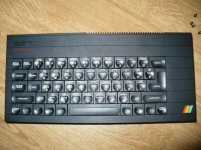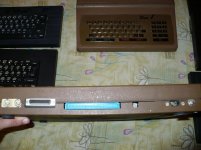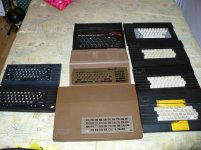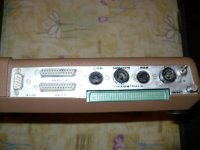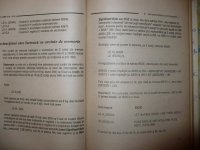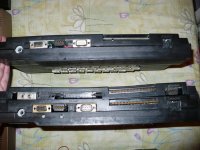isse
Member
I'm very happy to be a part of the Vintage Computer community.
I'm mainly a home computers collector ( 8bit Z80 based microcomputers). For now I have only a small collection of (9) computers: Sintez (russian made), Tim-S (romanian), Prae (romanian), 2 HC-91 (romanian) with IF1 interface (works with 3.5 FDD), 2 HC-91 without IF1, CIP-03 (romanian) and today's addtion, a Spectrum+ (UK i think). Still to come HC-2000 (romanian), Cobra (romanian) and other Z80 based stuff. Hopefully i will post some pictures with my stuff later on.
I also started some experiments with one of the Z80 machines (HC-91 w/o IF1). One of them is replacing the ROM chip with a flash chip so that i can modify when needed. So far i installed a 28 pin socket where the original ROM was and now i'm searching for a compatible flash memory. Later on i will try to add SD card and/or USB stick support for it (i saw that someone from NL already succeeded in that and i sure can use some information regarding the modifications. I'm a beginner regarding electronic stuff but willing to learn. That's all for now.
Happy to be here.
I'm mainly a home computers collector ( 8bit Z80 based microcomputers). For now I have only a small collection of (9) computers: Sintez (russian made), Tim-S (romanian), Prae (romanian), 2 HC-91 (romanian) with IF1 interface (works with 3.5 FDD), 2 HC-91 without IF1, CIP-03 (romanian) and today's addtion, a Spectrum+ (UK i think). Still to come HC-2000 (romanian), Cobra (romanian) and other Z80 based stuff. Hopefully i will post some pictures with my stuff later on.
I also started some experiments with one of the Z80 machines (HC-91 w/o IF1). One of them is replacing the ROM chip with a flash chip so that i can modify when needed. So far i installed a 28 pin socket where the original ROM was and now i'm searching for a compatible flash memory. Later on i will try to add SD card and/or USB stick support for it (i saw that someone from NL already succeeded in that and i sure can use some information regarding the modifications. I'm a beginner regarding electronic stuff but willing to learn. That's all for now.
Happy to be here.

